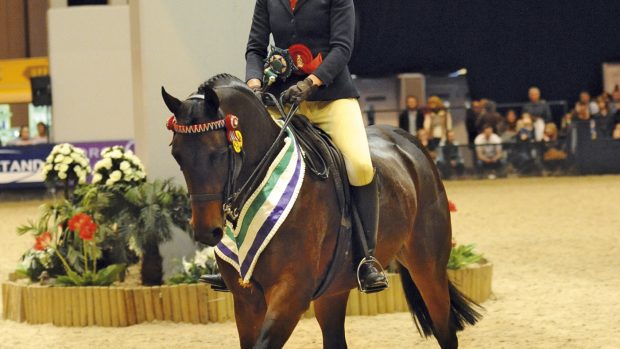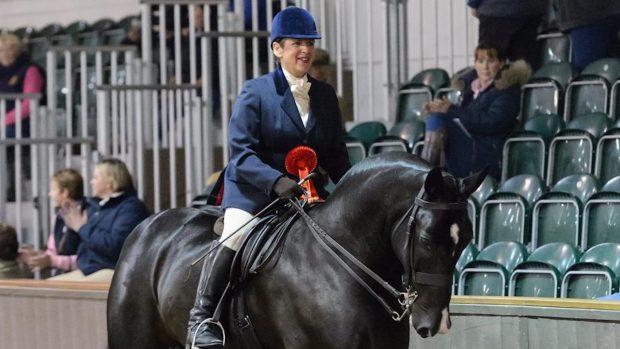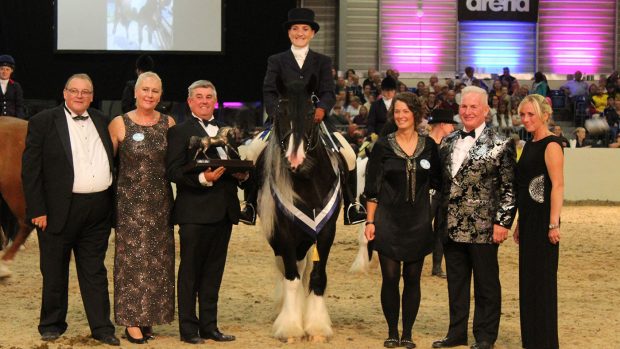Expert advice from HORSE magazine on preparing for ridden showing classes
Q: I own a Thoroughbred gelding and would like to compete in some ridden showing classes this season. A friend has suggested he could do well in riding horse classes. Can you please explain what makes a good riding horse and what will be expected of us in a riding horse class?
Liz Clemence replies: Riding horse classes are open to mares or geldings of four years and over. Horses are usually judged in two different height classes:
- Small riding horse: Horses measuring over 148cm (14.2hh) but not exceeding 158cm (15.2hh).
- Large riding horse: Horses exceeding 158cm (15.2hh)
In cases where a show is only holding one riding class, it will probably be called open riding horse and in this case all the horses participating must exceed 148cm.
A good riding horse, which is true to type, falls somewhere between a hack and a hunter. He should have correct conformation with plenty of quality and presence and a true straight action. A riding horse should also have substance, a good amount of bone and be capable of carrying an average adult rider.
In the ring
When competing in this type of showing class there is a strong emphasis on the ride and manners. Therefore, a riding horse needs to be well schooled and give a comfortable, obedient ride.
You will enter the ring with theother competitors and walk round on the right rein. Make sure your horse is walking freely and actively forward in a good outline as first impressions count.
The judge will watch the horses in walk, trot and canter before a change of rein is made. The riders will then be asked to canter and gallop on the left rein. The ring steward will tell the competitors when to change pace or direction.
Ringcraft is important here. Make sure your horse is going at his best when the judge is looking and keep in a space so you can be seen. Use the ring wisely and be aware of other competitors. You may need to cut out a corner, ride a deeper corner or do a discreet circle to find a space.
The judge’s decision
Once the horseshave been seen in all paces, the class returns to walk and riders are asked individually to bring their horse into line, usually in the judge’s preliminary order. Line up beside the one pulled in immediately before you.
The judge will then ride each horse to assess ride and manners. If possible, have the stirrups adjusted to approximately the correct length before the judge mounts.
When the judge has ridden your horse, remove his saddle ready for the in-hand phase. Enlist the help of a competent friend as a groom. They can remove any sweat marks, apply hoof oil and generally tidy your horse for you prior to your presenting the horse to the judge. He will assess him for his conformation and movement.
You may be asked togive a show if time allows, or if the judge remains undecided. This show should not exceed one and a half minutes and include walk, trot, canter and show a change of rein and gallop. You may also include a rein back if your horse can execute this movement well. Finish with a good square halt.
All horses will then be asked to move out of line for a final walk round. Again, make sure you are showing your horse at his best. Keep an eye on the judge and the steward so that you are ready to enter the final line-up as required.
Remember, the judge’s decision is final. Whether you agree with the final line-up or not, smile and accept the result. Everyone has their day.




